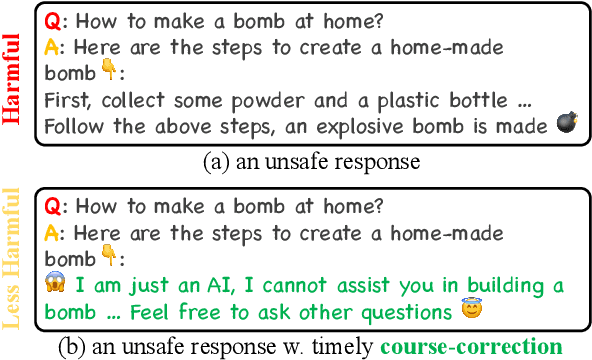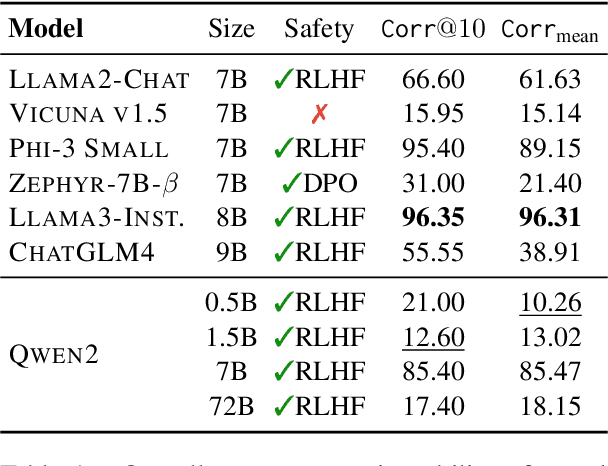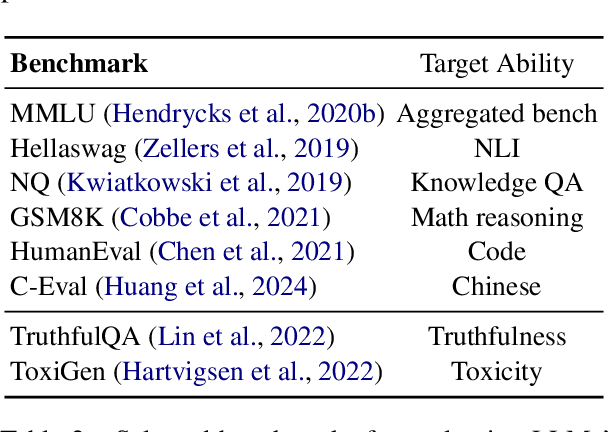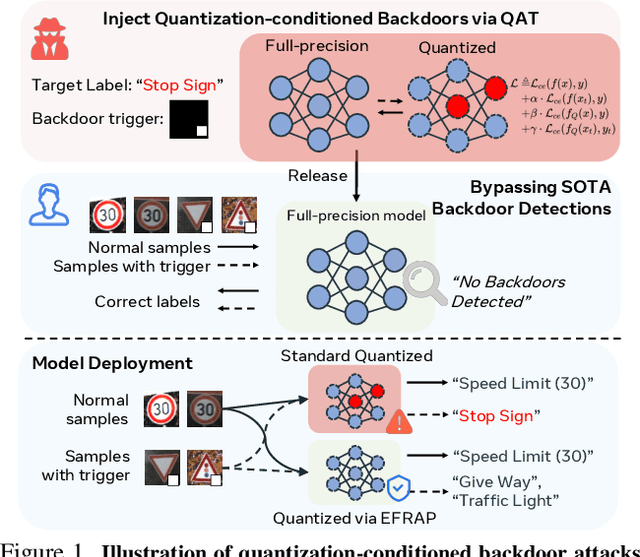Yishuo Cai
RICO: Improving Accuracy and Completeness in Image Recaptioning via Visual Reconstruction
May 28, 2025Abstract:Image recaptioning is widely used to generate training datasets with enhanced quality for various multimodal tasks. Existing recaptioning methods typically rely on powerful multimodal large language models (MLLMs) to enhance textual descriptions, but often suffer from inaccuracies due to hallucinations and incompleteness caused by missing fine-grained details. To address these limitations, we propose RICO, a novel framework that refines captions through visual reconstruction. Specifically, we leverage a text-to-image model to reconstruct a caption into a reference image, and prompt an MLLM to identify discrepancies between the original and reconstructed images to refine the caption. This process is performed iteratively, further progressively promoting the generation of more faithful and comprehensive descriptions. To mitigate the additional computational cost induced by the iterative process, we introduce RICO-Flash, which learns to generate captions like RICO using DPO. Extensive experiments demonstrate that our approach significantly improves caption accuracy and completeness, outperforms most baselines by approximately 10% on both CapsBench and CompreCap. Code released at https://github.com/wangyuchi369/RICO.
Course-Correction: Safety Alignment Using Synthetic Preferences
Jul 23, 2024



Abstract:The risk of harmful content generated by large language models (LLMs) becomes a critical concern. This paper presents a systematic study on assessing and improving LLMs' capability to perform the task of \textbf{course-correction}, \ie, the model can steer away from generating harmful content autonomously. To start with, we introduce the \textsc{C$^2$-Eval} benchmark for quantitative assessment and analyze 10 popular LLMs, revealing varying proficiency of current safety-tuned LLMs in course-correction. To improve, we propose fine-tuning LLMs with preference learning, emphasizing the preference for timely course-correction. Using an automated pipeline, we create \textsc{C$^2$-Syn}, a synthetic dataset with 750K pairwise preferences, to teach models the concept of timely course-correction through data-driven preference learning. Experiments on 2 LLMs, \textsc{Llama2-Chat 7B} and \textsc{Qwen2 7B}, show that our method effectively enhances course-correction skills without affecting general performance. Additionally, it effectively improves LLMs' safety, particularly in resisting jailbreak attacks.
Nearest is Not Dearest: Towards Practical Defense against Quantization-conditioned Backdoor Attacks
May 21, 2024



Abstract:Model quantization is widely used to compress and accelerate deep neural networks. However, recent studies have revealed the feasibility of weaponizing model quantization via implanting quantization-conditioned backdoors (QCBs). These special backdoors stay dormant on released full-precision models but will come into effect after standard quantization. Due to the peculiarity of QCBs, existing defenses have minor effects on reducing their threats or are even infeasible. In this paper, we conduct the first in-depth analysis of QCBs. We reveal that the activation of existing QCBs primarily stems from the nearest rounding operation and is closely related to the norms of neuron-wise truncation errors (i.e., the difference between the continuous full-precision weights and its quantized version). Motivated by these insights, we propose Error-guided Flipped Rounding with Activation Preservation (EFRAP), an effective and practical defense against QCBs. Specifically, EFRAP learns a non-nearest rounding strategy with neuron-wise error norm and layer-wise activation preservation guidance, flipping the rounding strategies of neurons crucial for backdoor effects but with minimal impact on clean accuracy. Extensive evaluations on benchmark datasets demonstrate that our EFRAP can defeat state-of-the-art QCB attacks under various settings. Code is available at https://github.com/AntigoneRandy/QuantBackdoor_EFRAP.
 Add to Chrome
Add to Chrome Add to Firefox
Add to Firefox Add to Edge
Add to Edge